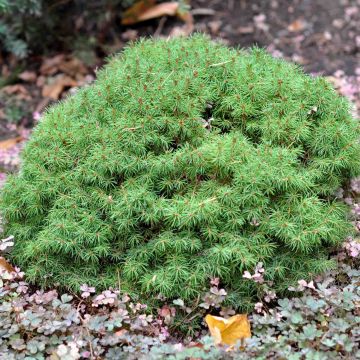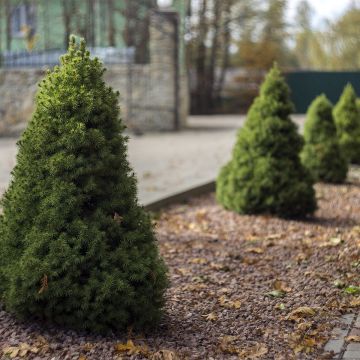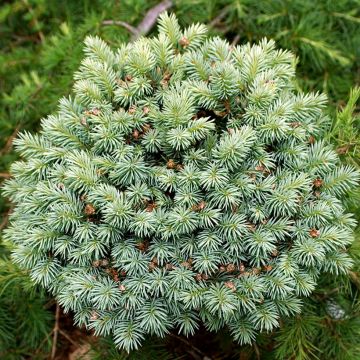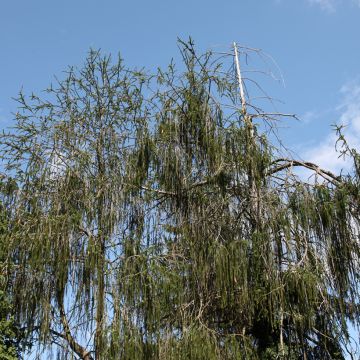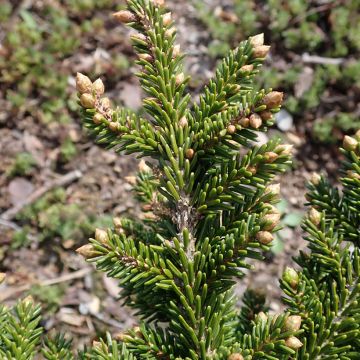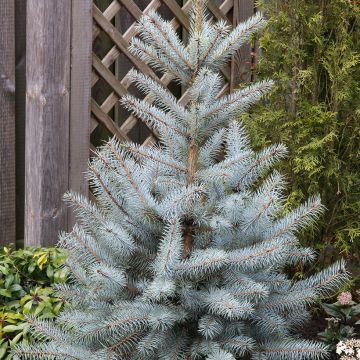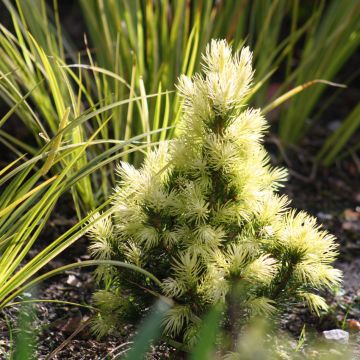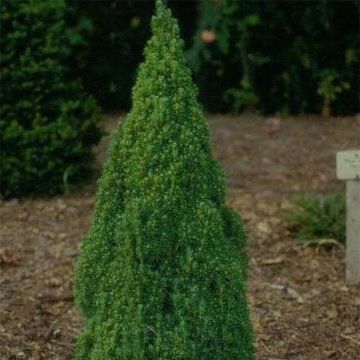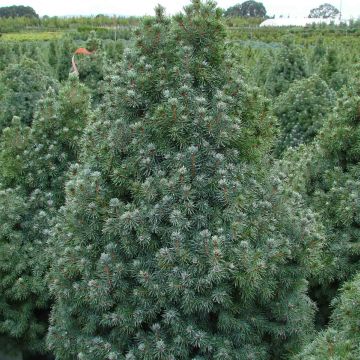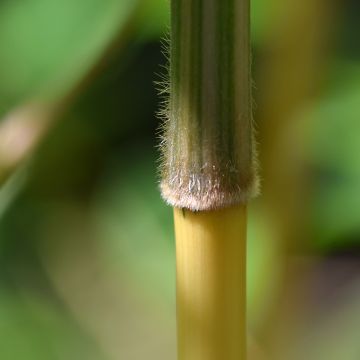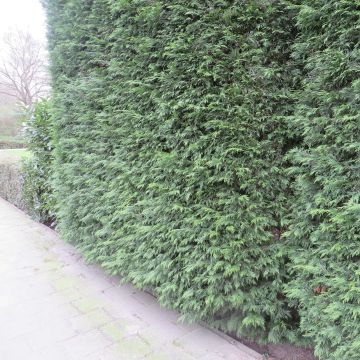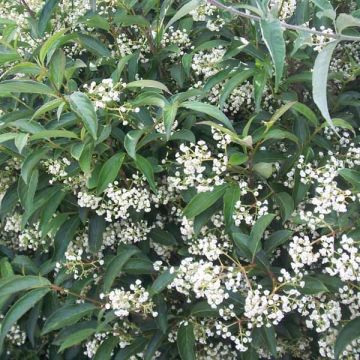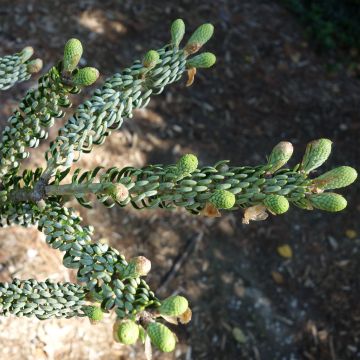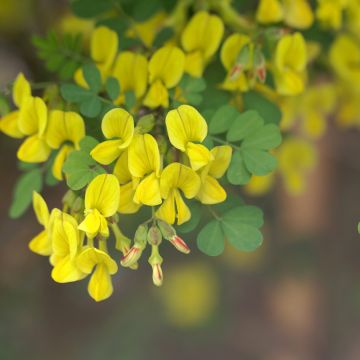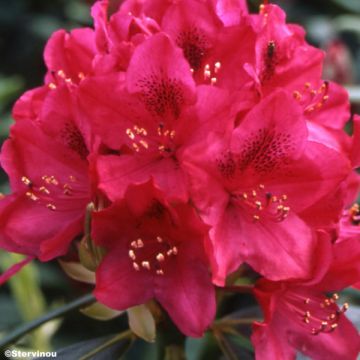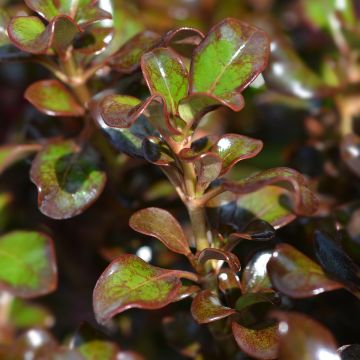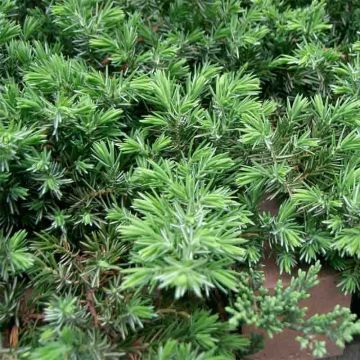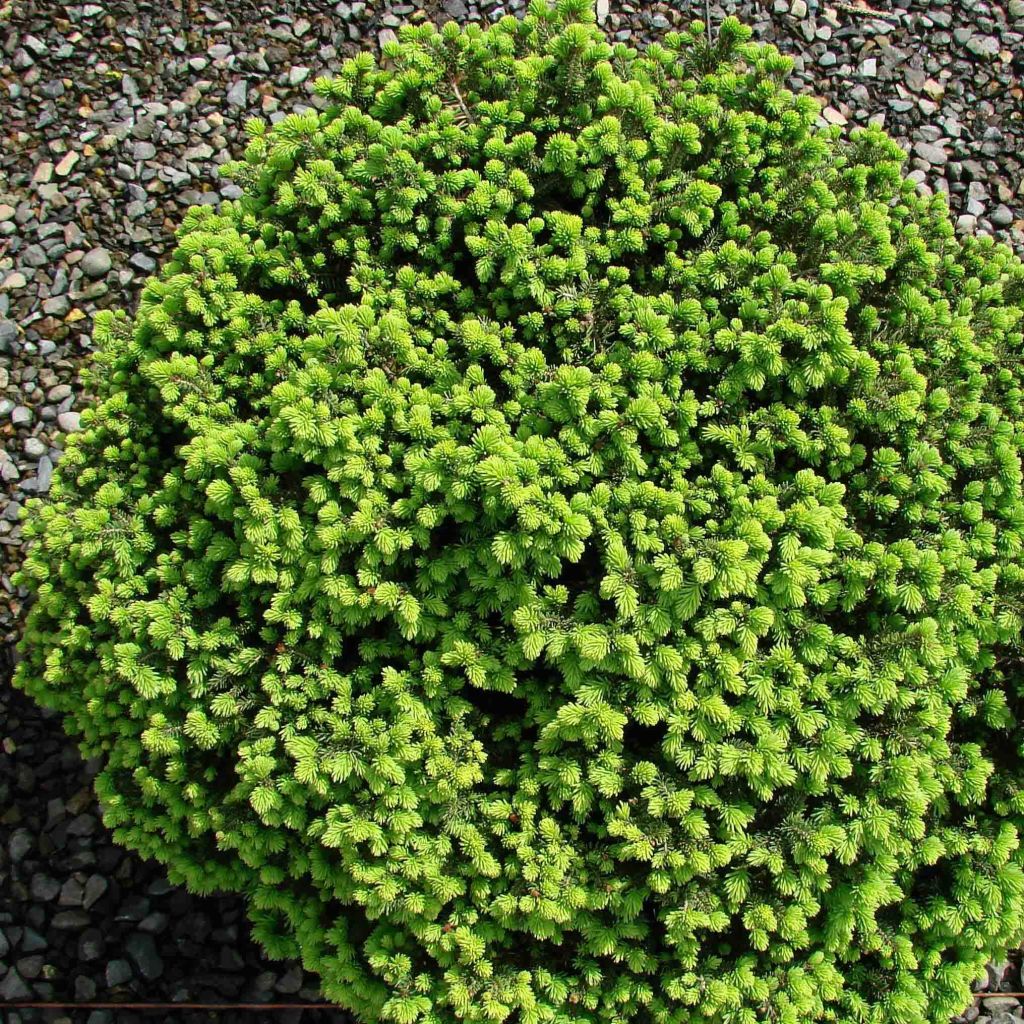

Picea abies Little Gem - Epicea commun nain
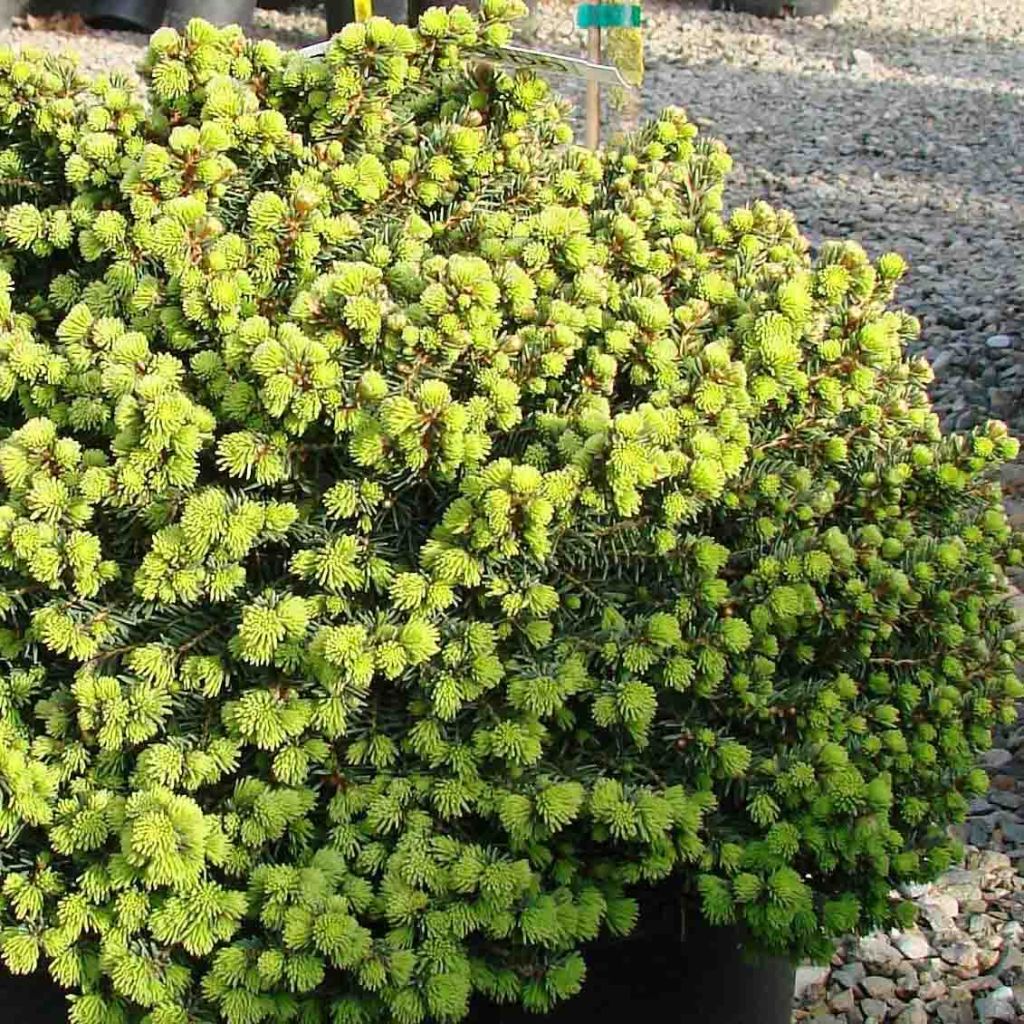

Picea abies Little Gem - Epicea commun nain
Picea abies Little Gem - Norway Spruce
Picea abies Little Gem
Norway Spruce, Common Spruce, European Spruce
This little dwarf spruce is doing so well in my garden that I bought another one. It's a beautiful ball-shaped plant that works wonders in my rock garden or catches the eye when planted at the edge of a flower bed.
Beatrice, 30/09/2025
Special offer!
Receive a €20 voucher for any order over €90 (excluding delivery costs, credit notes, and plastic-free options)!
1- Add your favorite plants to your cart.
2- Once you have reached €90, confirm your order (you can even choose the delivery date!).
3- As soon as your order is shipped, you will receive an email containing your voucher code, valid for 3 months (90 days).
Your voucher is unique and can only be used once, for any order with a minimum value of €20, excluding delivery costs.
Can be combined with other current offers, non-divisible and non-refundable.
Home or relay delivery (depending on size and destination)
Schedule delivery date,
and select date in basket
This plant carries a 24 months recovery warranty
More information
We guarantee the quality of our plants for a full growing cycle, and will replace at our expense any plant that fails to recover under normal climatic and planting conditions.


Would this plant suit my garden?
Set up your Plantfit profile →
Description
Picea abies 'Little Gem' is a dwarf variety of common spruce that resembles a small, round and compact cushion, forming an almost perfect ball. It spreads over time, displaying short branches covered with dense, light green and vibrant foliage. It is highly ornamental, its small silhouette elegantly fitting into flower beds, enlivening rockeries or standing out in pots on the terrace. It has very slow growth and is easy to cultivate in ordinary, well-drained soil which is not too dry, in full sun or partial shade.
The Picea abies, also known as the Norway spruce or red spruce, is an evergreen conifer belonging to the pine family (Pinaceae), native to northern Europe, specifically Scandinavia. In its natural environment, it has a typically conical and pyramidal shape and can reach a height of 30 m (98 ft 5 in). This species is traditionally used as a Christmas tree in Europe. It prefers well-drained and cool soils and is happy in very low temperatures.
The 'Little Gem' variety, derived from this species, is a dwarf form with a compact, rounded and spreading habit. Its growth is very slow. Eventually, it will reach 30 cm (11.8 in) in height and approximately 50 to 60 cm (19.7 to 23.6 in) in diameter. It produces short and tightly packed branches, densely covered with very short, brush-like needles. The reddish-brown winter cones are highly decorative. Its young spring shoots are a very tender and bright green, then its foliage takes on a uniformly vibrant green. The root system of spruces is shallow and spreading, making them difficult to transplant when mature and particularly sensitive to wind.
The 'Little Gem' Spruce, with its attractive rounded shape, very compact growth, low maintenance, and ease of cultivation, is a perfect plant for rockeries and terraces. It pairs well with large stones, geometric lines, and masonry. It can be combined with columnar or upright dwarf conifers. The architectural qualities of conifers naturally impose themselves in the design of a contemporary garden, which prefers the aesthetics of shapes, silhouettes, and textures over flowers. They go well with heathers or ground-cover plants such as aubrietas, cerastiums and shrubby salvias, as well as flowering shrubs.
Report an error about the product description
Picea abies Little Gem - Norway Spruce in pictures
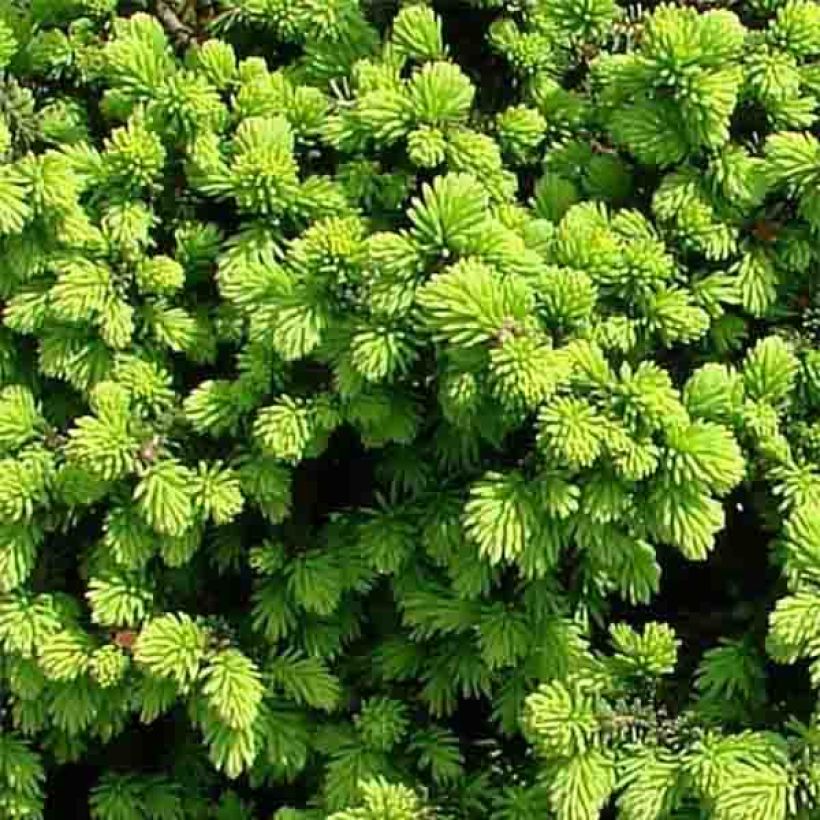

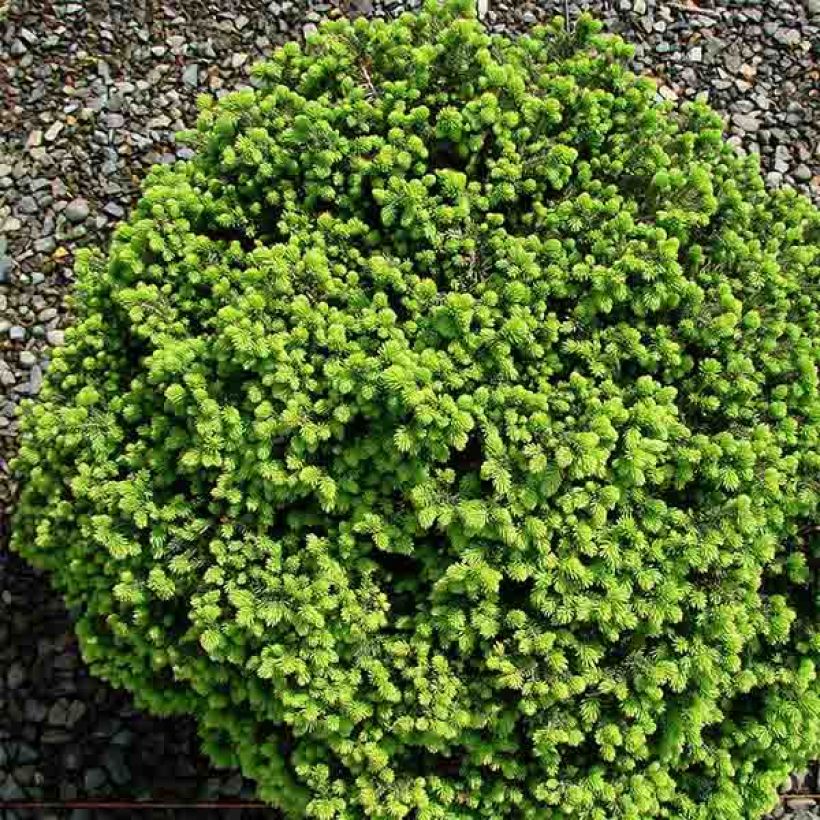

Plant habit
Foliage
Botanical data
Picea
abies
Little Gem
Pinaceae
Norway Spruce, Common Spruce, European Spruce
Cultivar or hybrid
Other Picea
View all →Planting and care
Picea abies 'Little Gem' should be planted from September to November and from February to June in deep, well-drained, light, neutral or slightly acidic, and occasionally moist to dry soil. A sandy or rocky soil that is not too chalky will be perfect. Choose a very sunny or partly shady spot, sheltered from prevailing winds. Soak the root ball well before planting. Add organic fertilizer at planting and water generously in the first few years, and during prolonged dry periods. Apply a special conifer fertilizer every year in April and weed the soil in summer. This extremely hardy plant dislikes heavy, waterlogged soils in winter. Pruning is not necessary as this plant expresses its full potential when allowed to grow freely.
Planting period
Intended location
Care
-
, onOrder confirmed
Reply from on Promesse de fleurs
Similar products
Haven't found what you were looking for?
Hardiness is the lowest winter temperature a plant can endure without suffering serious damage or even dying. However, hardiness is affected by location (a sheltered area, such as a patio), protection (winter cover) and soil type (hardiness is improved by well-drained soil).

Photo Sharing Terms & Conditions
In order to encourage gardeners to interact and share their experiences, Promesse de fleurs offers various media enabling content to be uploaded onto its Site - in particular via the ‘Photo sharing’ module.
The User agrees to refrain from:
- Posting any content that is illegal, prejudicial, insulting, racist, inciteful to hatred, revisionist, contrary to public decency, that infringes on privacy or on the privacy rights of third parties, in particular the publicity rights of persons and goods, intellectual property rights, or the right to privacy.
- Submitting content on behalf of a third party;
- Impersonate the identity of a third party and/or publish any personal information about a third party;
In general, the User undertakes to refrain from any unethical behaviour.
All Content (in particular text, comments, files, images, photos, videos, creative works, etc.), which may be subject to property or intellectual property rights, image or other private rights, shall remain the property of the User, subject to the limited rights granted by the terms of the licence granted by Promesse de fleurs as stated below. Users are at liberty to publish or not to publish such Content on the Site, notably via the ‘Photo Sharing’ facility, and accept that this Content shall be made public and freely accessible, notably on the Internet.
Users further acknowledge, undertake to have ,and guarantee that they hold all necessary rights and permissions to publish such material on the Site, in particular with regard to the legislation in force pertaining to any privacy, property, intellectual property, image, or contractual rights, or rights of any other nature. By publishing such Content on the Site, Users acknowledge accepting full liability as publishers of the Content within the meaning of the law, and grant Promesse de fleurs, free of charge, an inclusive, worldwide licence for the said Content for the entire duration of its publication, including all reproduction, representation, up/downloading, displaying, performing, transmission, and storage rights.
Users also grant permission for their name to be linked to the Content and accept that this link may not always be made available.
By engaging in posting material, Users consent to their Content becoming automatically accessible on the Internet, in particular on other sites and/or blogs and/or web pages of the Promesse de fleurs site, including in particular social pages and the Promesse de fleurs catalogue.
Users may secure the removal of entrusted content free of charge by issuing a simple request via our contact form.
The flowering period indicated on our website applies to countries and regions located in USDA zone 8 (France, the United Kingdom, Ireland, the Netherlands, etc.)
It will vary according to where you live:
- In zones 9 to 10 (Italy, Spain, Greece, etc.), flowering will occur about 2 to 4 weeks earlier.
- In zones 6 to 7 (Germany, Poland, Slovenia, and lower mountainous regions), flowering will be delayed by 2 to 3 weeks.
- In zone 5 (Central Europe, Scandinavia), blooming will be delayed by 3 to 5 weeks.
In temperate climates, pruning of spring-flowering shrubs (forsythia, spireas, etc.) should be done just after flowering.
Pruning of summer-flowering shrubs (Indian Lilac, Perovskia, etc.) can be done in winter or spring.
In cold regions as well as with frost-sensitive plants, avoid pruning too early when severe frosts may still occur.
The planting period indicated on our website applies to countries and regions located in USDA zone 8 (France, United Kingdom, Ireland, Netherlands).
It will vary according to where you live:
- In Mediterranean zones (Marseille, Madrid, Milan, etc.), autumn and winter are the best planting periods.
- In continental zones (Strasbourg, Munich, Vienna, etc.), delay planting by 2 to 3 weeks in spring and bring it forward by 2 to 4 weeks in autumn.
- In mountainous regions (the Alps, Pyrenees, Carpathians, etc.), it is best to plant in late spring (May-June) or late summer (August-September).
The harvesting period indicated on our website applies to countries and regions in USDA zone 8 (France, England, Ireland, the Netherlands).
In colder areas (Scandinavia, Poland, Austria...) fruit and vegetable harvests are likely to be delayed by 3-4 weeks.
In warmer areas (Italy, Spain, Greece, etc.), harvesting will probably take place earlier, depending on weather conditions.
The sowing periods indicated on our website apply to countries and regions within USDA Zone 8 (France, UK, Ireland, Netherlands).
In colder areas (Scandinavia, Poland, Austria...), delay any outdoor sowing by 3-4 weeks, or sow under glass.
In warmer climes (Italy, Spain, Greece, etc.), bring outdoor sowing forward by a few weeks.






























